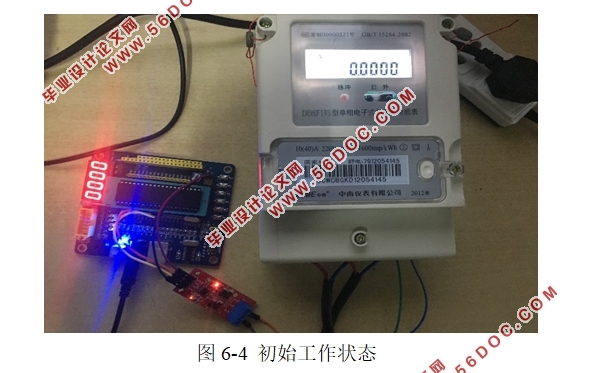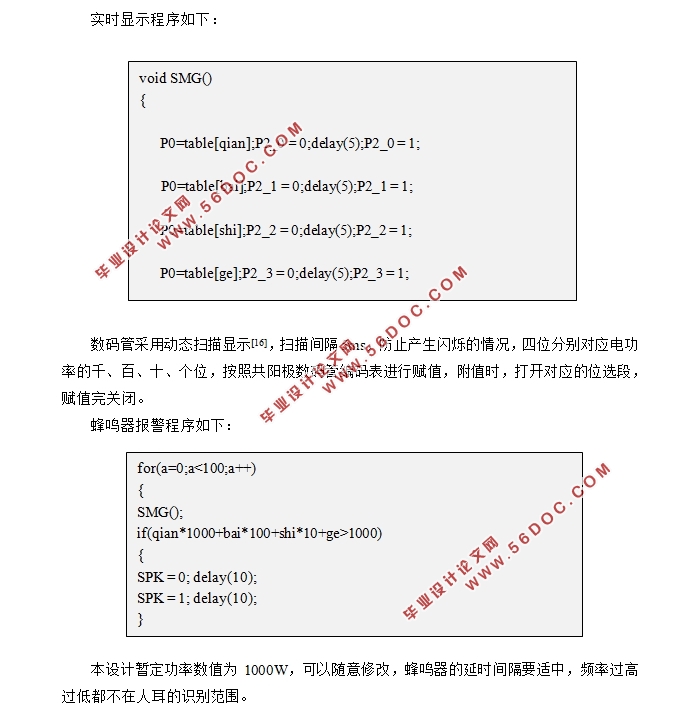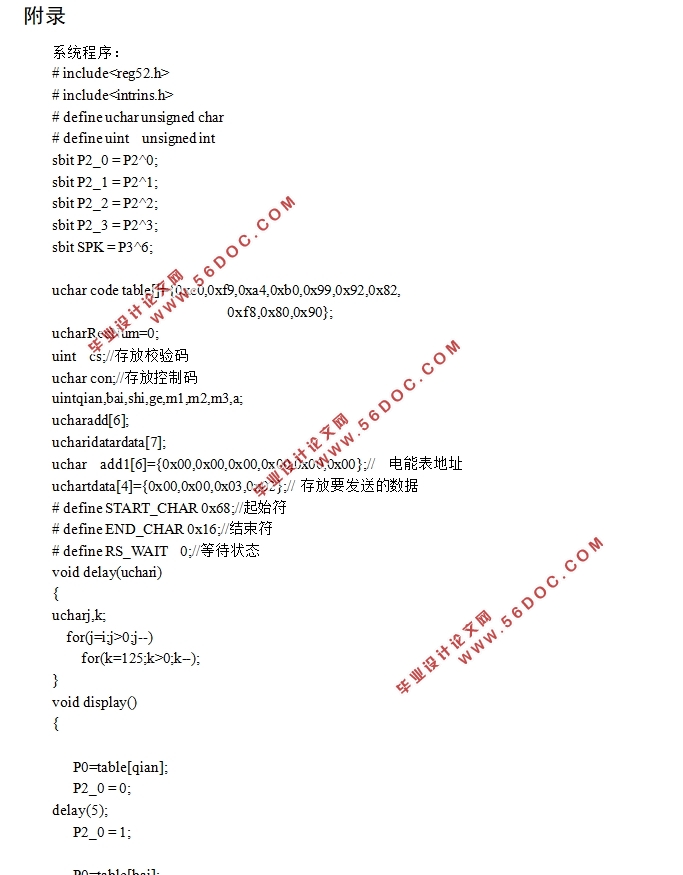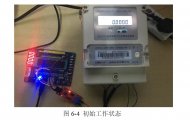基于单片机的电表功率报警器设计(附程序清单)
来源:56doc.com 资料编号:5D21681 资料等级:★★★★★ %E8%B5%84%E6%96%99%E7%BC%96%E5%8F%B7%EF%BC%9A5D21681
资料以网页介绍的为准,下载后不会有水印.资料仅供学习参考之用. 密 保 惠 帮助
资料介绍
基于单片机的电表功率报警器设计(附程序清单)(论文11000字)
摘要:串口通信是多数智能设备自动控制中广泛采用的通信方式之一,其中,RS485串口通信协议适用于远距离数据通讯,常用于远程控制与调试功能的实现。本设计利用电能表的RS485通讯接口,成功实现了51单片机与电表间的实时双向通信,可获取电路瞬时负载,并在超负荷时及时发出警报。设计的主要模块包括:主控芯片模块、RS485串口通讯模块、数码管实时显示模块和蜂鸣器功率报警模块。
系统主要优点包括:成本低廉,无人值守,易于拓展,实用方便。本设计可以作为电表智能应用的拓展模块,供业界和用户的参考。
关键字:电能表;RS485协议;单片机;串行通讯;功率过载警报。
Abstract:Serial communication is one of the most widely used communication methods in automatic control of most smart devices. Among them, RS485 serial communication protocol is suitable for long-distance data communication and is often used for remote control and debugging functions. This design utilizes the RS485 communication interface of the electric energy meter and successfully realizes real-time two-way communication between the 51 microcomputer and the electric meter, which can obtain the instantaneous load of the circuit and timely issue an alarm when overloaded. The main modules of the design include: master chip module, RS485 serial port communication module, digital tube real-time display module and buzzer power alarm module.
The main advantages of the system include: low cost, unattended, easy to expand, practical and convenient. This design can be used as an extension module for smart meter applications for reference by industry and users.
Key words:energy meter; RS485 protocol; microcontroller; serial communication;overloading alarm.



目录
第一章 绪论 6
1.1 课题研究背景及意义 6
1.2 单片机的概述及选型 6
1.3 电能表通信方式的发展 6
第二章 总体方案设计 7
2.1设计目标 7
2.2总体设计方案 7
2.2.1系统整体结构 7
2.2.2系统程序流程 8
第三章 DL/T645-2007通信规约的解读 9
3.1 DL/T645(07版本)规约简介 9
3.2 DL/T645(07版本)通信解析配置 9
第四章 系统模块电路设计 11
4.1 单片机工作系统 11
4.1.1 主控芯片 11
4.1.2 时钟电路 13
4.1.3 复位电路 13
4.2 RS-485通讯模块 14
4.2.1 RS-485接口标准 14
4.2.2 MAX-485芯片说明 14
4.2.3 MAX-485流向控制电路 15
4.3 数码管实时显示电路 17
4.4 蜂鸣器报警电路 18
第五章 系统软件设计 18
5.1 通讯程序设计 18
5.1.1 串口设置 18
5.1.2 发送函数 19
5.1.3 接受函数 19
5.2数据解析程序设计 20
5.3显示报警程序设计 21
第六章 实物调试与总结 22
6.1 实物调试 22
6.2 总结展望 24
致谢 26
参考文献: 27
附录 28
|







